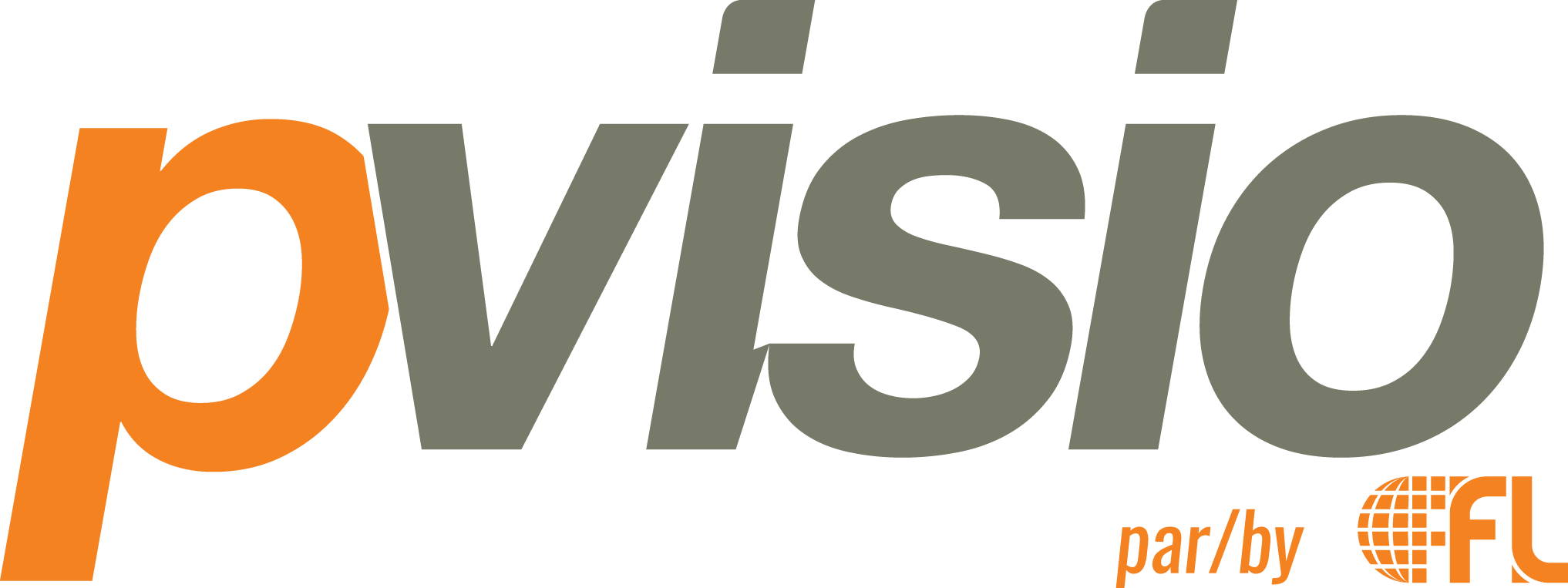Disclaimer: Please be advised that the above represents guidance and direction and should be used for information purposes only, and cannot be replied upon to answer specific situations that your company may currently be faced with. We encourage you to contact the Government of Canada, your HR professional, or a labor lawyer to ensure that any and all items that may be particular to your company’s situation are taken into account in any HR-related situation you are facing.
Last update: March 27, 2020, 6:00 p.m.
2. Can I temporarily lay off my employees?
3. Are there additional types of layoff?
4. What type of information do I have to provide to employees I place on temporary layoff?
6. How much does EI cover and for how long?
7. Can I top up EI benefits collected by my employees for shortage of work, illness, or quarantine?
8. What is the Supplemental Unemployment Benefit Program (SUB)?
1. Can I continue paying my employees during a temporary period of time until the COVID-19 situation settles down and we resume normal activities? And can I decide to stop paying them at any time should we not be able to regain our full capacity to operate?
If you feel a moral obligation towards your team and willingly decide to continue paying them despite a stoppage or shortage of work, it would be considered as regular income and more so a “gift” that you cannot eventually take back. While we have no control on how this situation will unfold, it is difficult for you to assess how long this gift will last before you no longer have the capacity to offer it.
Yes, you can decide to stop providing salaries should you feel that the situation is stretching and not getting any better which leads us to what has been the common practice with companies that are facing a stoppage: the avenue of “temporary layoff”.
2. Can I temporarily lay off my employees?
According to the Commission des normes, de l’équité, de la santé et de la sécurité du travail, an employer can temporarily lay off an employee for a period of no more than six months. A layoff temporarily suspends the contract of employment between the employer and the employee and the employee can be called back to work at any time. The laid-off employee may be recalled to work. The employment relationship remains in effect for the duration of the layoff, and the contractual relationship is maintained.
If an employee is laid off for a period longer than six months, the employer is considered fired an and the employee will be entitled to severance pay.
References:
3. Are there additional types of layoff to consider?
In addition to temporary layoffs (explained above), you can also consider one of the two additional options:
Permanent layoff is when you no longer require their services and are putting an end to the employment relationship for economic, performance and other reasons.
Collective dismissal is when you are terminating the employment of 10 employees or more within the same company (establishment) and over a period of 2 consecutive months or that you are terminating the employment of 10 employees for a period of more than 6 months. It has its own protocol to be followed, please refer to the references below.
PLEASE NOTE: every situation requires you to take proper measures required by law. We highly recommend that you seek legal advice before taking decisions, even during this pandemic.
Reference:
4. What type of information do I have to provide to employees I place on temporary layoff?
Employers must give each laid-off employee their Record of Employment (ROE). If the employment is insurable employment, employers should inform employees that they could be entitled to Employment Insurance benefits, so long as they meet the eligibility criteria established by the Canadian government:
Individuals may be entitled to Employment Insurance (EI) regular benefits if they:
- were employed in insurable employment;
- lost their job through no fault of their own;
- have been without work and pay for at least seven consecutive days in the last 52 weeks;
- have worked the required number of insurable employment hours during the previous 52 weeks or since the start of their last EI claim, whichever is shorter;
- are ready, willing and capable of working each day;
- are actively looking for work.
Reference:
5. Do I really have to issue a record of employment (ROE) each time an employee is laid off and what happens if I don’t?
Every employer is required to issue an ROE each time one of their employees experiences an interruption of earnings. Service Canada uses the information on the ROE to determine whether a person is eligible to receive EI benefits, the amount, etc.
Reference:
If you fail to issue the ROE as required, you could be fined up to $2,000, imprisoned for up to six months, or both.
Reference:
What is an interruption of earnings? When an employee has had or is anticipated to have seven consecutive calendar days with no work and no insurable earnings from their employer.
Reference:
Is an ROE for every type of leave? Yes, including maternity, parental, injury, illness, adoption leave, layoff, leave without pay, or dismissal.
How much time do I have to issue an ROE electronically? you have five calendar days after the end of the pay period in which an employee’s interruption of earnings occurs to issue it.
Reference:
6. How much does EI cover and for how long?
For most people, the basic rate for calculating EI benefits is 55% of their average insurable weekly earnings, up to a maximum amount of $573 per week in 2020. The maximum amount changes every calendar year.
Terminated employees can receive regular benefits for a period that varies from 14 to 45 weeks.
Reference:
7. Can I top up EI benefits collected by my employees for shortage of work, illness, or quarantine?
Yes, you can. If you provide an employer top up for these specific leaves, payments are deducted from EI payments. If you register a Supplemental Unemployment Benefit Program (SUB) with Service Canada, payments from the SUB plan are not deducted from EI benefits.
8. What is the Supplemental Unemployment Benefit Program (SUB)?
Employers can use a Supplemental Unemployment Benefit (SUB) plan to increase their employees’ weekly earnings when they are unemployed due to a temporary stoppage of work, training, illness, injury or quarantine.
Reference:
9. Can I use the Work-Sharing Program to reduce my employees' hours and what are the new special measures under COVID-19?
During a period of business downturn, the employer can decide to decrease the hours of all employes. However, this must be done diligently to avoid constructive dismissal complaints.
Work-sharing is an adjustment program designed to help employers and employees avoid layoffs when there is a temporary reduction in the normal level of business activity that is beyond the control of the employer.
The program provides income support to employees eligible for employment insurance benefits who work a temporarily reduced work week while their employer recovers. It is a three-party agreement involving employers, employees and Service Canada. Employees on a work-sharing agreement must agree to a reduced schedule of work and to share the available work over a specified period of time.
The goal of the Work-Sharing program is to avoid layoffs and for all participating employees to return to normal working hours by the end of the agreement.
Because of the COVID-19 virus, the Federal Government has announced changes to the regular Work-Sharing Program to provide additional relief to employers and employees.
Work-Sharing Program – Temporary special measures for the downturn in business due to COVID-19
There is a special program for companies affected by COVID-19. It extends the maximum work-sharing period from the regular 38 weeks to a maximum of 76 weeks (initial request is 26 weeks with possibility of extension). The minimum work-sharing agreement is six weeks.
The mandatory waiting period has also been waived.
These temporary special measures are effective March 15, 2020 to March 14, 2021.
Eligibility
You are eligible to apply if you are experiencing a downturn in business activity related to the global outbreak of COVID-19, and have:
- Work-Sharing agreements signed between March 15, 2020 and March 13, 2021
- Work-Sharing agreements that began, or ended between March 15, 2020 and March 14, 2021, and
- Work-Sharing agreements that ended between June 23, 2019, and March 14, 2020 and are in their mandatory cooling-off period.
In addition, in order to be eligible for this program, you must meet the following conditions:
- The work shortage must entirely or partially be caused by the pandemic and result in a decline in business activity of a least 10%. Otherwise, the regular Work-Sharing Program will apply.
- Demonstrate that the shortage of work is temporary, beyond your control and not a cyclical/recurring slowdown
- Be a year-round business in Canada for at least two years
- Be a private business, a publicly held company or a not-for-profit organization
- Have at least two employees in the WS unit
- Be willing to implement a recovery plan to support the on-going operations and viability of the business
- Employees have to agree to the work-sharing agreement which means they will share the remaining amount of work.
- Only permanent employees are eligible for the work-sharing program. However, contract workers could be eligible if they have maintained hours similar to permanent full-time or part-time employees within the last 12 months.
- Certain categories of employees who are needed to generate work or execute the recovery plan (ex. business development, sales, executives, etc.) are not eligible.
- Employees need to be eligible for Employment Insurance. They will be notified of their acceptance and would have to continue under the same conditions as others in their unit even if they end up being refused. Core employees who were laid off before the agreement start date are eligible to participate.
- The work shortage needs to be a minimum of 10% (a half-day/week) and a maximum of 60 % (three days/week). The hours can vary from week to week as long as the average is within this range.
- The work-sharing is determined by “Work-Sharing Units,” which is essentially one type of position, or one job description or employees who do similar work, however, a work sharing unit will also include employees not doing the same job but whose work depends on each other. Everyone in the Work Unit would have the same reduction in work hours. If work activity increases, it would have to be increased pro rata equally for everyone in the unit. Each Work-Sharing Unit must nominate an employee to be their representative with management who will represent them with regards to the agreement.
- Employers must not increase the size of their workforce in the unit during a Work-Sharing agreement but may replace core-employees who choose to leave.
- Employers must provide a month by month record of their sales or production figures (as well as the total number of employees) over the last 24 months up to and including the last month prior to submitting the application. Employers must also provide a recovery plan which must demonstrate that the employer will implement activities during the period of the Work-Sharing Agreement to alleviate the work shortage and to return to normal working hours by the end of the agreement. The recovery plan should reflect the particular circumstances of the business, the cause of the work shortage and the conditions of the community/industry in which the employer operates.
How to apply:
Please refer to the WS Applicant guide for the temporary special measures for more information on how to complete your application.
If you are applying for a new agreement or had a Work-Sharing agreement that ended June 23, 2019 and March 14, 2020 for COVID-19, you must submit the following documents:
- EMP 5100 – Application for a Work-Sharing agreement
- EMP 5101 – Attachment A: Work-Sharing unit attachment – signed by each employee (for non-union agreements) or by a union representative
- EMP 5105 – Attachment B: Recovery Plan for special measures
- Sales and/or production figures for the last two years
If you currently have a 38-week agreement in place, and are applying for the 38-week extension, you must submit the following documents:
- EMP 5103 – Amendment to a Work-Sharing Agreement
- EMP 5101 – Attachment A: Work-Sharing Unit Attachment – signed by each employee (for non-union agreements) or by a union representative
- EMP 5105 – Attachment B: Recovery Plan for special measures
- Sales and/or production figures for the last two years
Employers are instructed to submit their completed applications to this special email address for Quebec.
References:
10. How do I handle employees who are not laid off but who choose to stay home due to COVID-19 (symptoms, high-risk, in contact with others who might have it, etc.)?
If you grant an employee an unpaid leave that will last at least seven days, regardless of the reason, you have to issue an ROE. You cannot guarantee that they will be eligible for EI if they voluntarily decided to stay home. They can apply for benefits, and it will be up to EI to make the determination. The acceptable reasons are being expanded daily. If the employee is not feeling well or is at risk due to a medical condition, they may get sick benefits. The government is waiving medical notes temporarily but has not specified the criteria the employee would have to meet.
Link to information on EI benefits with relations to COVID-19:
https://www.canada.ca/en/employment-social-development/corporate/notices/coronavirus.html
QUESTIONS
If you don’t know where to start or feel overwhelmed with all the paperwork, don’t hesitate to take advantage of your free, one-hour consultation.




